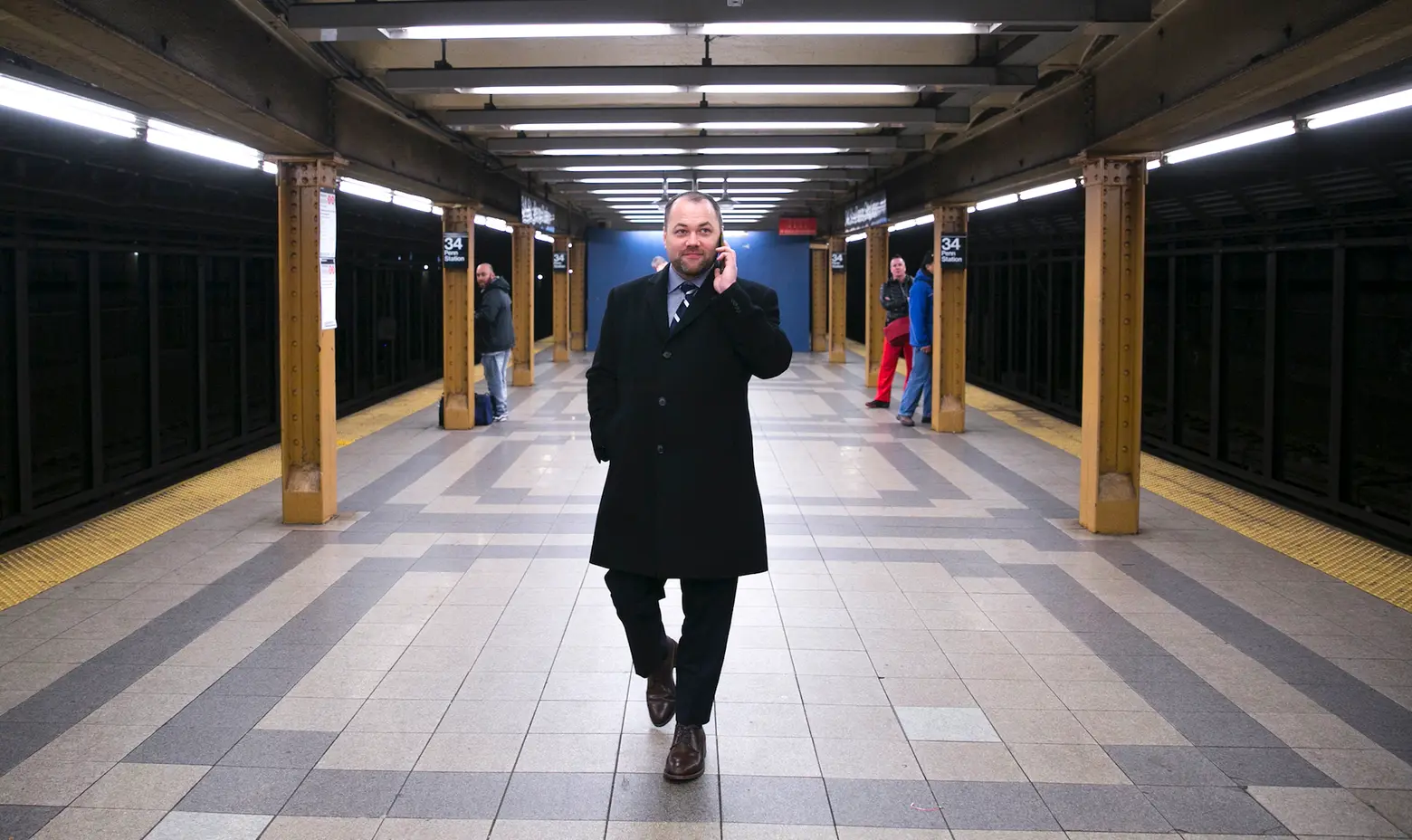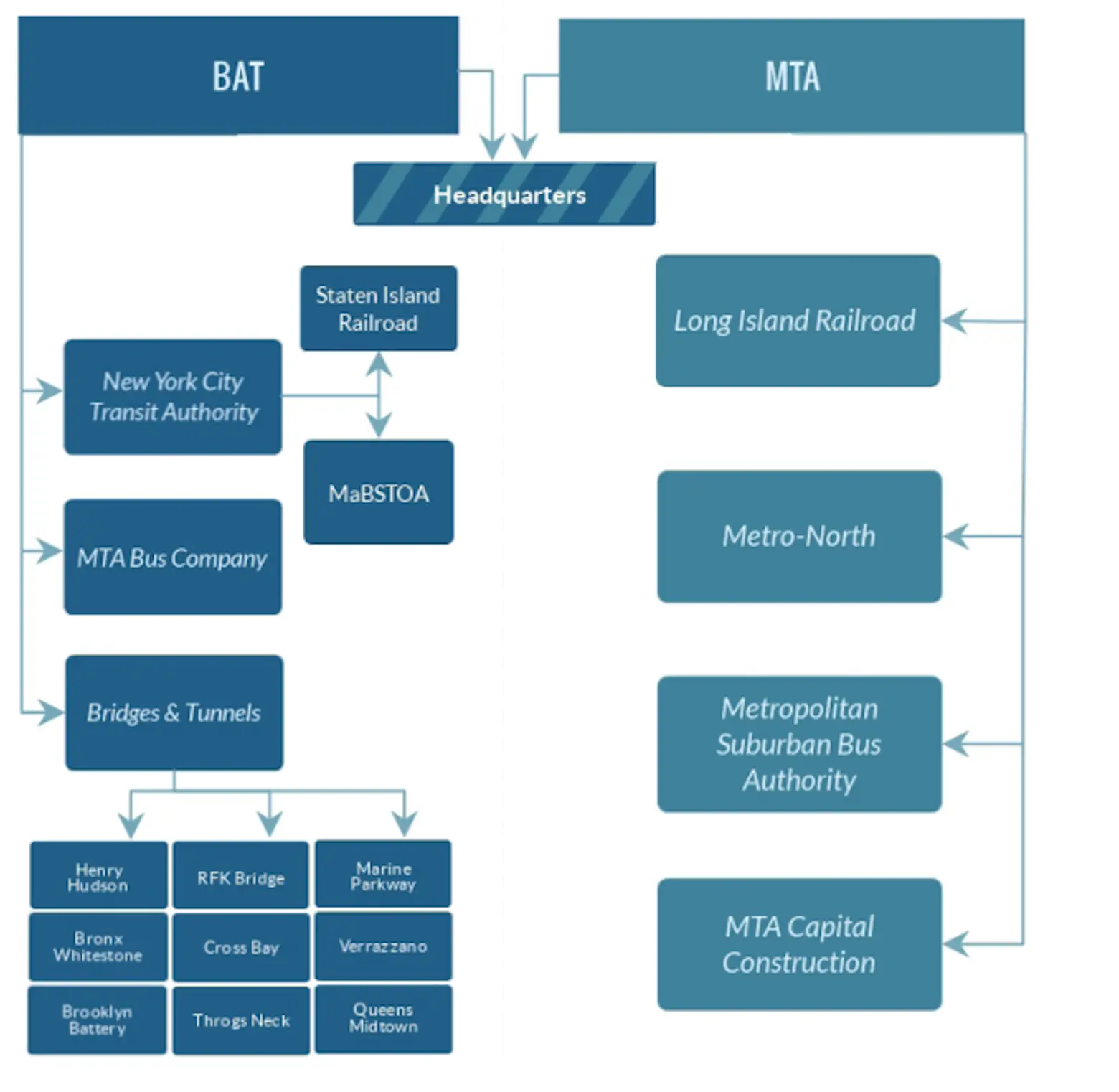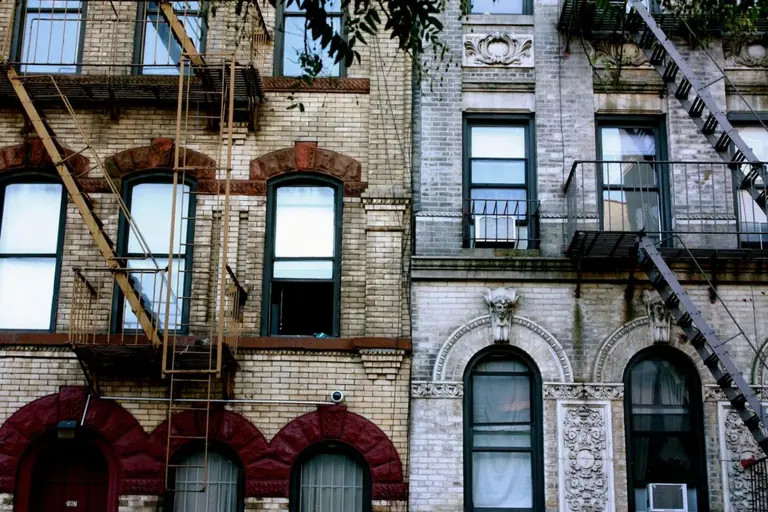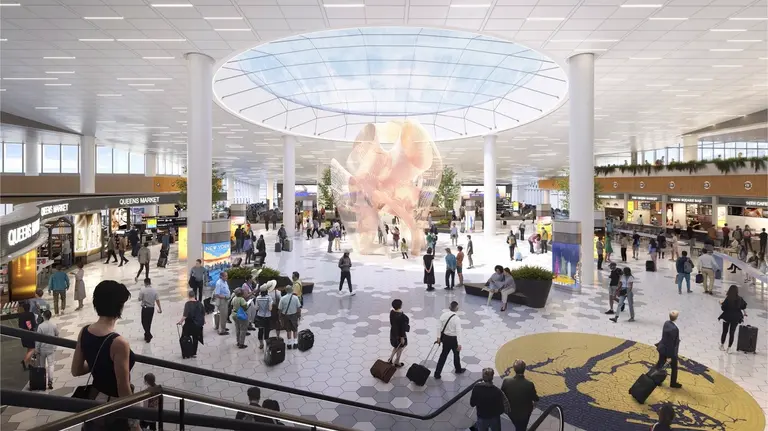Corey Johnson proposes new city-controlled transit system called Big Apple Transit or ‘BAT’

In a self-proclaimed atypical State of the City address, City Council Speaker Corey Johnson on Tuesday laid out his vision for city control over New York City’s mass transit system. Johnson said municipal control “means we decide how our system is run, we decide how we raise money, and we decide how we spend it.” He added: “Municipal control means saying goodbye to the MTA.” The new entity would be controlled by the mayor and called Big Apple Transit, or “BAT.”

BAT would control entities previously managed by MTA; graphic via Council Speaker Corey Johnson’s office
A 104-page report, “Let’s Go,” released on Tuesday by Johnson’s office and touted in the speaker’s speech, highlights the benefits of unifying transit under city control, increasing accessibility, and redesigning city streets to make it safer for pedestrians.
According to the report, the city’s mass transit system suffers from a dysfunctional governance model by having the MTA function as a semi-private corporation that oversees work through multiple subsidiaries, while revenue supports the organization as a whole.
Johnson wants to transfer the control of the subway and buses to the city, through BAT, which would include NYC Transit, MTA Bus Company, the Manhattan and Bronx Surface Transit Operating Authority, Staten Island Rapid Transit Operating Authority, and MTA Bridges and Tunnels. The mayor of New York City would be in charge of this new entity.
The Long Island Railroad, Metro-North, suburban bus system, and MTA Capital Construction would then make up a new MTA.
And Johnson wants to build BAT’s board to be “reflective of the people” it serves. This would include the mayor appointing a majority of members, with the five borough presidents and the public advocate each appointing one member with the power of one-half of a vote. Board members, under Johnson’s plan, would have to be city residents, use mass transit regularly, and not be elected to office.
Last month, Mayor Bill de Blasio and Gov. Andrew Cuomo endorsed congestion pricing and a reorganization of the MTA in a joint plan. The functions of the agency would be centralized into one entity, instead of having individual operations. In addition to reforms for the MTA, de Blasio and Cuomo are calling for a toll on drivers entering the busiest parts of Manhattan to raise money for the transit system. The plan requires approval from state lawmakers, who have until April 1 to include the plan into next year’s budget.
While Johnson said he supports congestion pricing to bring in revenue and reduce greenhouse gas emissions from cars, he also laid out a plan to redesign city streets to add more bike and bus lanes, and pedestrian space. This includes “breaking the car culture,” adding 50 miles of protected bike lanes per year, and building a connected bike network across the city by 2030.
In his speech, the speaker also addressed the accessibility crisis, both underground and above. In addition to evaluating stations for accessibility upgrades, the plan would require every intersection become accessible for people with disabilities by 2030.
And Johnson also questioned the $4 billion plan to rebuild a 1.5-mile section of the Brooklyn-Queens Expressway (BQE) in Brooklyn Heights and called for a fresh look at the problem. “We’ve been living in Robert Moses’ New York for almost a century,” Johnson said in his speech. “It’s time to move on.”
Read Johnson’s full “Let’s Go” report here.
RELATED:




























